Nonprofit Seeks Support for STEM Mentoring Initiative Focused on Women, Underserved
/
It is, after all, National Mentoring Month. It makes perfect sense, therefore, for a fledgling Connecticut-based nonprofit devoted to mentoring young women and students of color to increase their presence in the STEM fields (science, technology, engineering and math) to launch a fundraising initiative.
ManyMentors, a nonprofit that promotes peer mentoring to increase the interest, pursuit and attainment of STEM degrees among underrepresented students, has kicked-off an Indiegogo crowdraising campaign aimed at supporting the development of “the world’s first mobile mentoring app and complementary online platform,” according to the campaign’s website. 
Online contributions will also support the ongoing outreach and advocacy activities of ManyMentors in Connecticut, and support outreach activities planned for establishment of student chapters at universities nationwide. The fundraising initiative runs through February 10, 2014.
The organization’s website notes that “of the 20 fastest growing occupations projected for 2014, 15 of them require significant mathematics or science preparation.” The nonprofit hopes to “make STEM mentoring more mainstream among middle and high school students, college and graduate students, as well as working professional.” As their slogan emphasizes, “If they never know, they will never go!”
Keshia Ashe, co-founder and CEO of ManyMentors, gave a well-received TEDx talk in Springfield, MA last fall about the important role of mentors and role models to encourage our young people to pursue degrees and careers in STEM. Keshia Ashe is a University of Virginia alumna, and current Ph.D. candidate in Chemical Engineering at the University of Connecticut. Since the age of 11 she has been actively involved in several youth-serving groups and advisory boards, and has had many opportunities to travel nationally and internationally as a speaker and trainer. 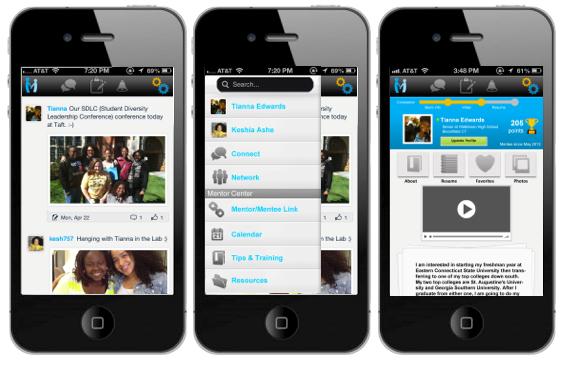
The ManyMentors program primarily serves middle and high school students located in the state of Connecticut. The organization currently implements onsite mentoring opportunities with local community partners, and is piloting the mobile mentoring with a select number of mentor/mentee pairs. Supporting organizations of ManyMentors include the CBIA Education Foundation, Granville Academy of Waterbury, and CPEP (Catalysts Powering Educational Performance).
Tiffany St. Bernard, the co-founder and Chief Operating Officer of ManyMentors, is a University of Connecticut alumna, and current Ph.D. student in Genetics at Cornell University. She is passionate about ManyMentors because she has experienced first-hand the positive benefits of having many mentors guide her through academic life, beginning during her years at Tunxis Community College.
Using social networking, ManyMentors aims to connect students from a wide variety of academic and ethic backgrounds with the hopes that these relationships will stimulate, sustain, and support students’ interest in, pursuit, and attainment of STEM degrees.
Among the upcoming activities ManyMentors is sponsoring this year are a series of “STEMinars” at UConn, beginning in February, aimed at “Preparing Tomorrow's Female STEM workforce, Today.” The sessions are designed to “increase awareness of female STEM workplace issues by being exposed to female STEM professionals 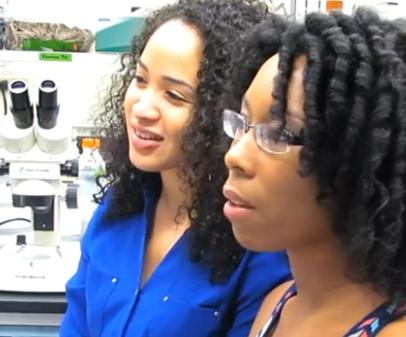 who will discuss topics such as career placement basics, salary and promotions, communication, creating support groups, being culturally aware, finding a work/life balance, and appreciating the value of staying true to oneself in male-dominated fields.”
who will discuss topics such as career placement basics, salary and promotions, communication, creating support groups, being culturally aware, finding a work/life balance, and appreciating the value of staying true to oneself in male-dominated fields.”
ManyMentors is moving forward with three central efforts:
- Creating partnerships between K-12 students, institutions of higher education and STEM professionals to stimulate and sustain student interest in the STEM fields.
- Selecting college mentors with a vested interest in sharing their best advice, wisdom, and insight to support the academic, professional, and cultural development of their mentees.
- Providing ongoing trainings for mentors to share best practices and cultivate a community of STEMentors.
Photo: Keshia Ashe (left) and Tiffany St. Bernard


 nd nonprofit officials were meeting in Washington, the University of Connecticut, the state’s flagship institution, announced that the number of high school students seeking admission to UConn’s Storrs campus next fall has jumped significantly over last year’s figures, comprising a pool of potential freshmen with even higher average SAT scores and more diversity than previous years’ applicants.
nd nonprofit officials were meeting in Washington, the University of Connecticut, the state’s flagship institution, announced that the number of high school students seeking admission to UConn’s Storrs campus next fall has jumped significantly over last year’s figures, comprising a pool of potential freshmen with even higher average SAT scores and more diversity than previous years’ applicants.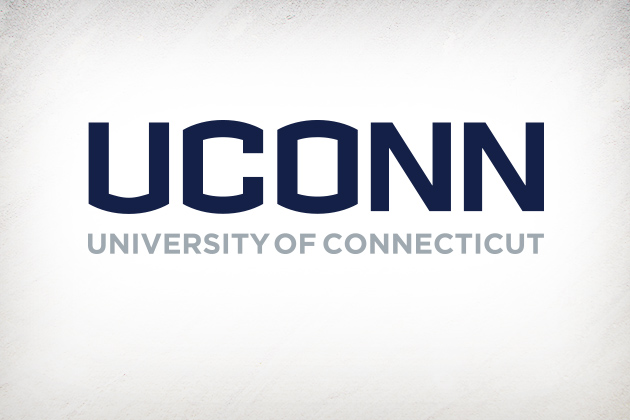 n in UConn’s commitment to diversity. Officials pointed out that the jump in UConn applications runs counter to national and regional trends in which declines in the number of high school graduates have caused many universities to see their applications and enrollments level off or decrease.
n in UConn’s commitment to diversity. Officials pointed out that the jump in UConn applications runs counter to national and regional trends in which declines in the number of high school graduates have caused many universities to see their applications and enrollments level off or decrease. ment at the community colleges fell 2.1 percent to 56,977, reflecting losses in both full and part time students.
ment at the community colleges fell 2.1 percent to 56,977, reflecting losses in both full and part time students.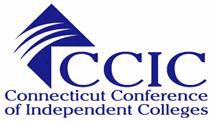
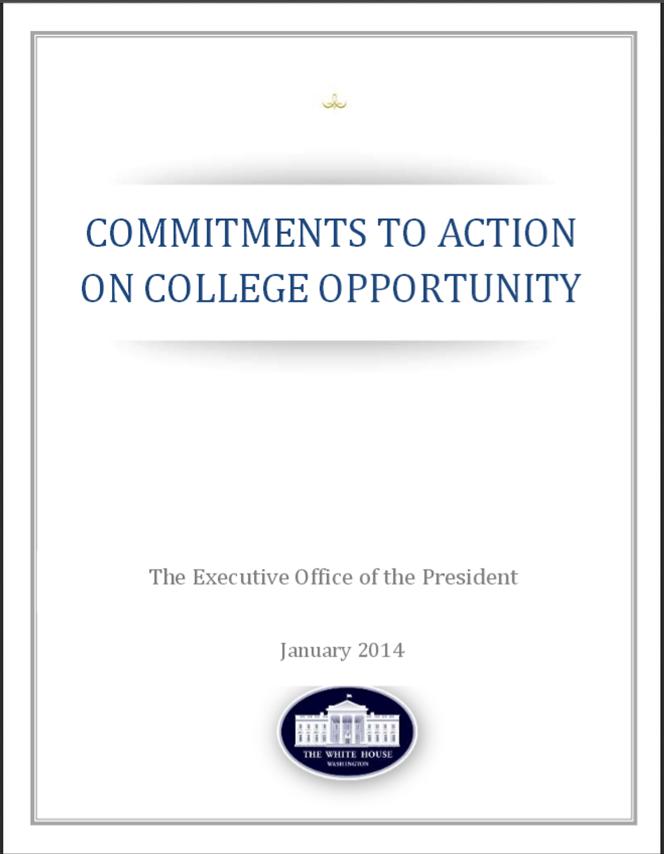 ll be hosting two upcoming events focusing on the remediation issue, the White House report indicated:
ll be hosting two upcoming events focusing on the remediation issue, the White House report indicated: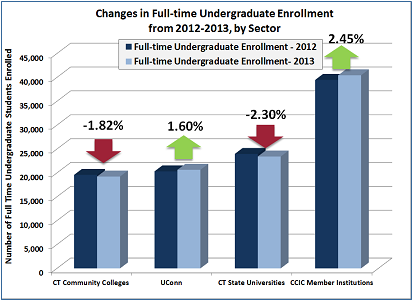 nd math) curricula.
nd math) curricula.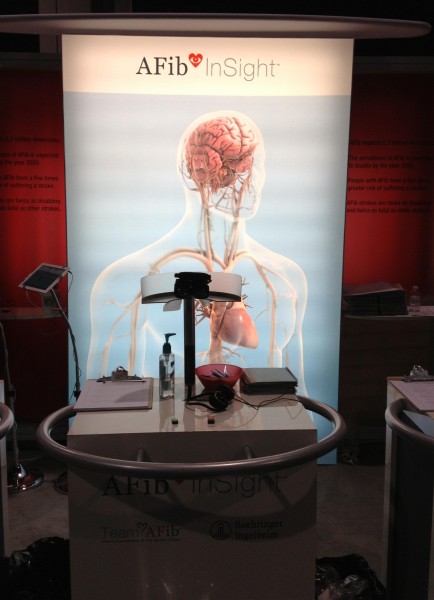


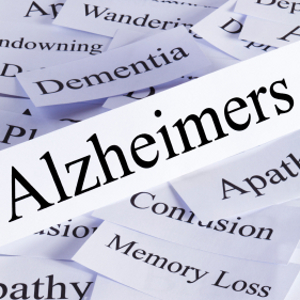
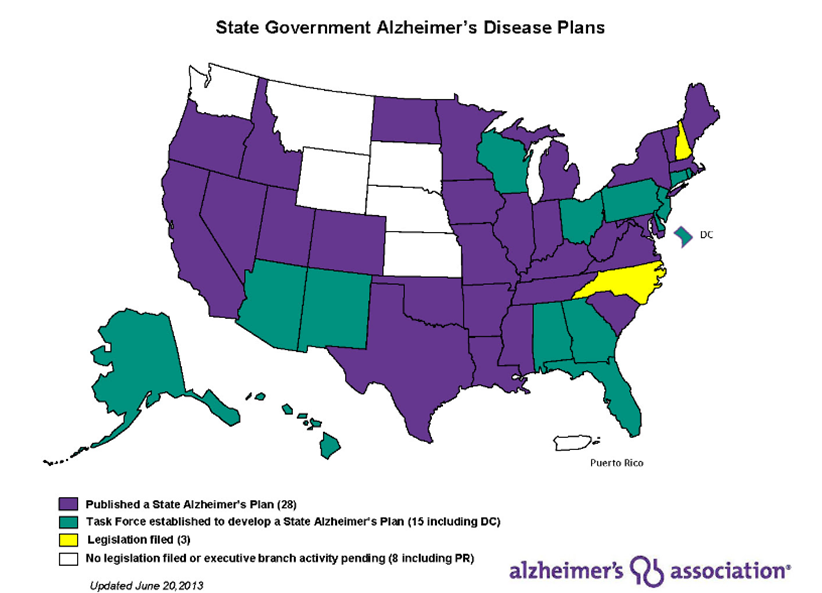 vers.
vers.
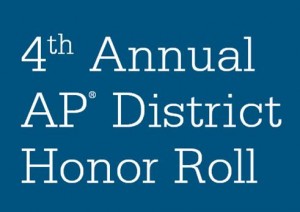 are successfully identifying motivated, academically prepared students who are likely to benefit from rigorous AP course work, according to
are successfully identifying motivated, academically prepared students who are likely to benefit from rigorous AP course work, according to  istrict, but often include biology, chemistry, physics, Spanish, U.S. history, English literature, and calculus.
istrict, but often include biology, chemistry, physics, Spanish, U.S. history, English literature, and calculus. ervices and treatments, and provide much needed education to those impacted by mental illness.
ervices and treatments, and provide much needed education to those impacted by mental illness.
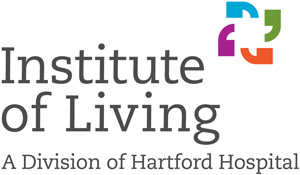 may be a lifelong condition, like diabetes. “However, as with diabetes, proper treatment enables many people with a mental illness to lead fulfilling and productive lives. By helping combat the stigma associated with mental illness, we can help increase the number of people that seek treatment.”
may be a lifelong condition, like diabetes. “However, as with diabetes, proper treatment enables many people with a mental illness to lead fulfilling and productive lives. By helping combat the stigma associated with mental illness, we can help increase the number of people that seek treatment.”
 11. Virginia
12. Texas
13. Utah
14. Arizona
15. North Carolina
16. Illinois
17. Pennsylvania
18. Kansas
19. New Hampshire
20. D.C.
11. Virginia
12. Texas
13. Utah
14. Arizona
15. North Carolina
16. Illinois
17. Pennsylvania
18. Kansas
19. New Hampshire
20. D.C. ne-minute educational video
ne-minute educational video produced in the opening weeks of school, just prior to the mid-September entry deadline.
produced in the opening weeks of school, just prior to the mid-September entry deadline.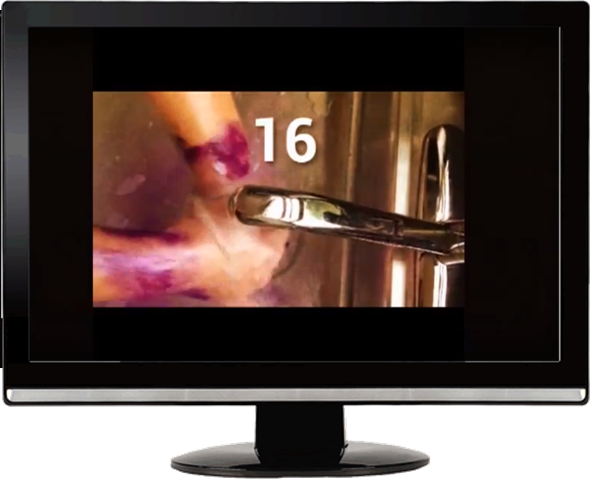
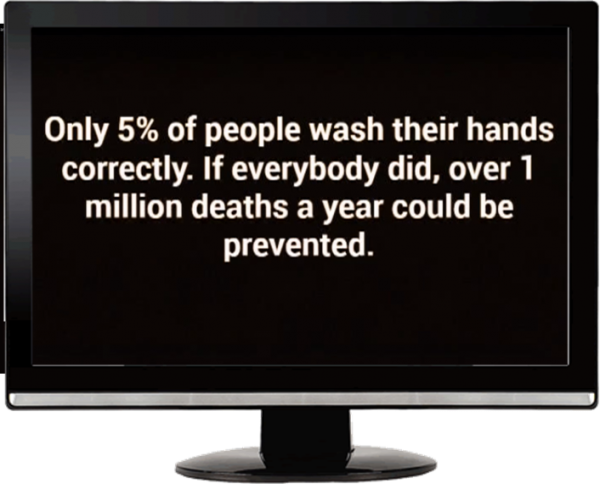
 ation for Traffic Safety indicates that high school-aged teens report using their phones or texting while driving substantially less often than adults do. The AAA survey found that adult drivers ages 25-39 were the most likely to admit engaging in these risky behaviors behind the wheel.
ation for Traffic Safety indicates that high school-aged teens report using their phones or texting while driving substantially less often than adults do. The AAA survey found that adult drivers ages 25-39 were the most likely to admit engaging in these risky behaviors behind the wheel.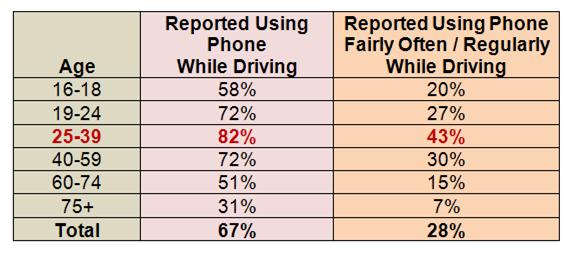
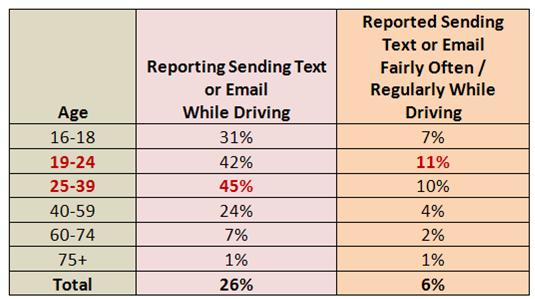 of electronic devices in vehicles.
of electronic devices in vehicles.
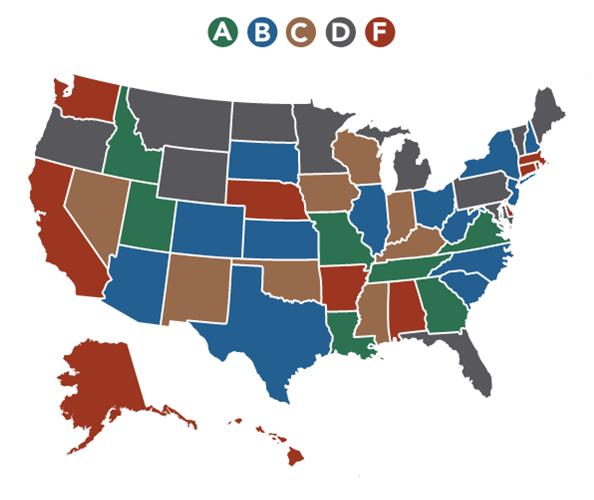 Overall, 60 percent of states received a C, D or F while 40 percent of states received an A or B grade. Among those at the head of the class, receiving an A, were Georgia, Idaho, Louisiana, Missouri, Tennessee, Utah and Virginia. Four of those states – Virginia, Utah, Tennessee and Missouri – require a one-semester standalone course in personal finance as a graduation requirement.
Overall, 60 percent of states received a C, D or F while 40 percent of states received an A or B grade. Among those at the head of the class, receiving an A, were Georgia, Idaho, Louisiana, Missouri, Tennessee, Utah and Virginia. Four of those states – Virginia, Utah, Tennessee and Missouri – require a one-semester standalone course in personal finance as a graduation requirement.



























